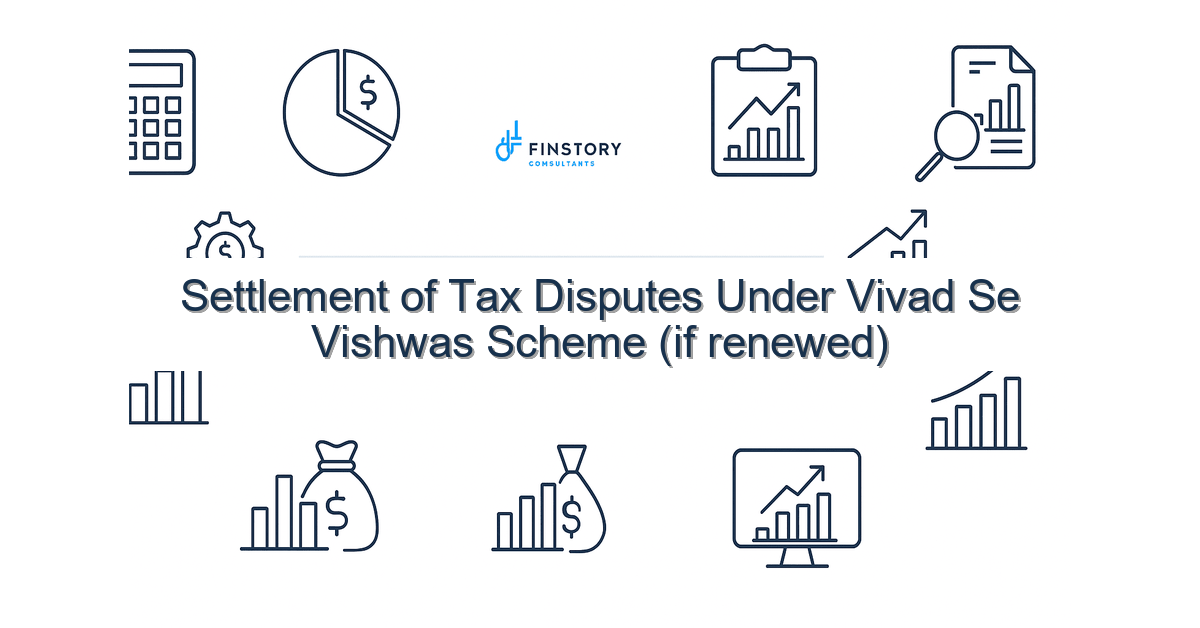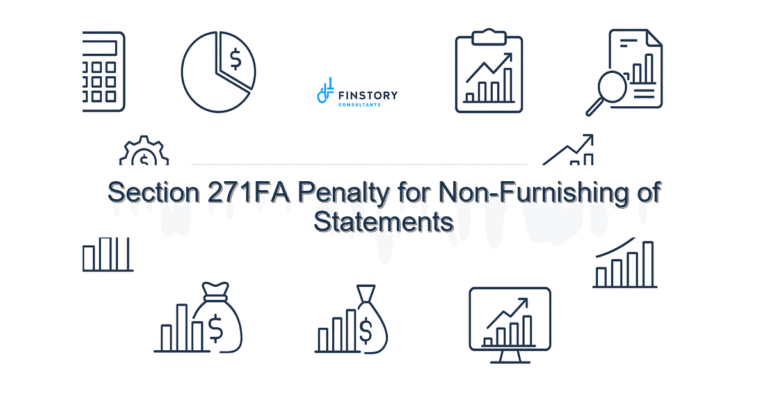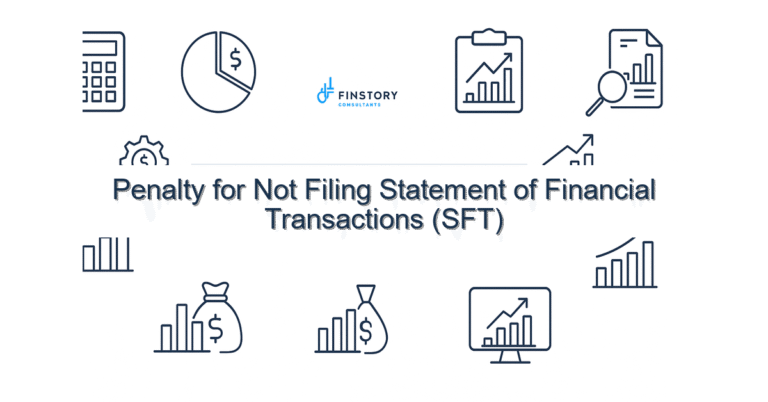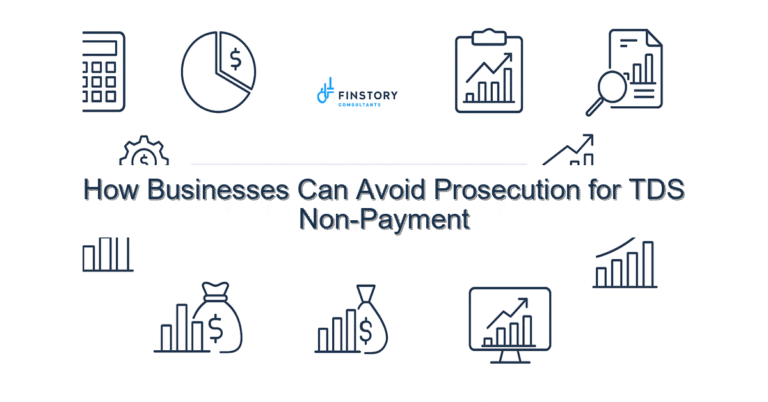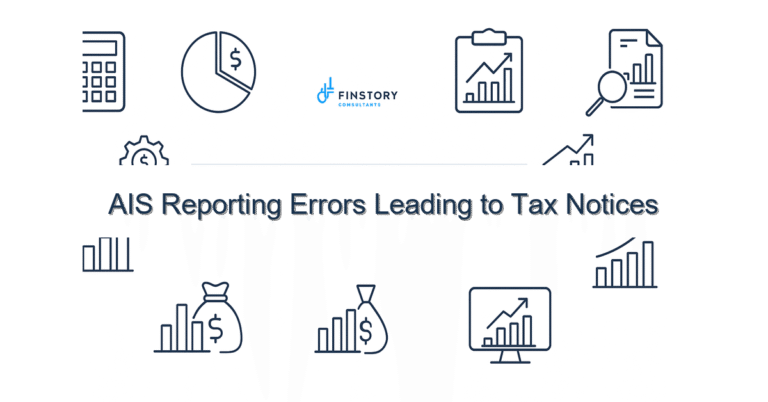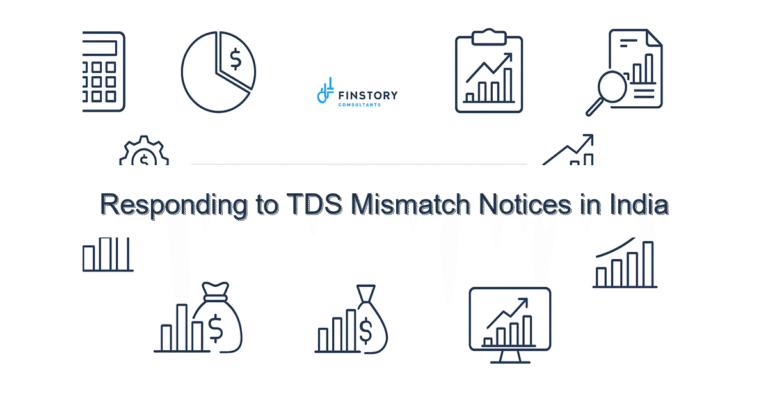Settlement of Tax Disputes Under Vivad Se Vishwas Scheme (if renewed)
Facing a tax demand notice or slogging through years of litigation? You’re not alone — disputes with the tax department drain money, time and sleep. Whether you’re a salaried professional, startup founder or MSME owner, an efficient route to closure can change everything.
Summary: Vivad Se Vishwas (if renewed) offers a pragmatic way to settle outstanding direct tax disputes, often with reduced interest and penalties. Know the eligibility, timelines, pros and cons, and follow a simple framework to decide whether settlement saves you money and stress versus continuing litigation.
What’s the real problem in India?
Tax litigation in India often stretches over years across multiple forums — AO, CIT(A), ITAT or even higher courts. Different terminology (AY/PY), shifting CBDT timelines, and an overload of forms can make even understanding your position hard. Add the uncertainty of evolving case law and you get delayed refunds, recurring notices, and blocked capital.
- Symptom 1: Multiple notices for the same assessment year and rising demand including interest and penalties.
- Symptom 2: Long-winded appeals with high litigation costs and uncertain outcomes.
- Symptom 3: Strained cash flow because funds are held for contested tax liabilities.
What people get wrong
Many taxpayers assume litigation is the only way to clear a disputed demand, or they accept the first tax department calculation without reconciling TDS/TCS or checking AIS/26AS. Others delay act — missing settlement windows, paying excess interest, or losing the option to restrict future litigation exposure. Common missteps include:
- Not reconciling Form 26AS/AIS with their books before responding to notices.
- Underestimating the cost of interest and penalties that pile up during appeals.
- Assuming Section 80C limit planning or ITR filing last date pressures mean they can’t deal with disputes now.
A better approach
Instead of a binary fight-or-pay mindset, take a pragmatic framework to evaluate Vivad Se Vishwas (if renewed) as a strategic tool. The goal is to minimise total outgo (tax + interest + litigation cost) and preserve time for core business or work.
- Assess the dispute: quantify the principal tax, interest, and penalties; check AY/PY, notices and appeal stages.
- Reconcile records: verify TDS/TCS entries, AIS/26AS, bank statements, and capital gains indexation where applicable.
- Compare options: calculate net cost of settlement vs continuing litigation (including lawyer fees, time value of money, and risk-adjusted probability of success).
- Negotiate and document: if the scheme is open, follow the prescribed forms/timelines on the e-filing portal and secure release orders in writing.
- Close and prevent recurrence: update internal controls (TDS/TCS compliance, accurate ITRs) to avoid repeat disputes.
Real-world example: An MSME manufacturing firm in Gujarat faced a disputed tax demand of Rs. 18 lakh. By reconciling AIS/26AS and arguing partial liability, they negotiated a settlement of Rs. 9.8 lakh under the scheme — saving >40% compared to continued litigation costs and accrued interest.
Quick implementation checklist
- Locate all notices and assessment orders for the contested AY/PY.
- Download AIS/26AS and reconcile TDS/TCS against your books for the relevant years.
- Calculate principal tax, interest and penalty components separately.
- Estimate litigation cost and timeline if you continue appeals (lawyer fees + hearing delays).
- Check if your case is within the scheme’s eligibility (scope differs if renewed) and note CBDT timelines.
- Gather documentary proof: invoices, bank statements, valuation reports or transfer pricing documents as applicable.
- Draft a settlement proposal or authorise a representative to handle negotiations on the e-filing portal.
- On acceptance, make payment as per the scheme and obtain a closure certificate/order.
- File any required compliance updates (amended ITR, waiver forms) and preserve documents for record.
- Implement control fixes: verify TDS entries, update tax provisioning and track future ITR filing last date to avoid penalties.
What success looks like
- Lower total cash outflow: reduced penalties and interest compared to continued litigation.
- Fewer notices: closure order prevents fresh demands for the same issue.
- Faster resolution: immediate cash settlement versus multi-year legal battles.
- Improved predictability: clear figures for accounting and tax provisions.
- Better cash-flow planning: released reserves can be used for growth rather than blocked for litigation.
Risks & how to manage them
Settlement schemes bring trade-offs. You get closure but may give up appellate rights for settled issues. There’s also the risk of incomplete reconciliation leading to overpayment. Manage risks by:
- Validating every component (tax, interest, penalty) before consenting to a settlement.
- Checking scheme-specific clauses — some only waive part of interest or require full payment of principal.
- Retaining documentation proving reconciliation and that the settlement was in your best commercial interest.
- Keeping a contingency fund in case of subsequent procedural shortfalls or reopening (rare, but possible if procedural defects are found).
Tools & data
Use the right tools to make evidence-based decisions:
- AIS/26AS: reconcile all TDS/TCS and refunds before accepting any settlement.
- Income-tax e-filing portal: track notices, submit responses and make settlement payments if the scheme is available on the portal.
- TDS/TCS tracking tools and accounting software: ensure your books match statutory records.
- Capital gains calculators with indexation: important when disputed income includes long-term capital gains and indexation claims.
FAQs
Q: Who can opt for Vivad Se Vishwas (if renewed)?
A: Typically assessees with direct tax disputes (individuals, HUFs, firms, companies) may be eligible, subject to scheme rules and timelines set by CBDT. Check the official notification for scope and exclusions.
Q: Will I lose my right to appeal if I settle?
A: Yes — settlement usually requires you to withdraw pending appeals and forego further litigation on the settled issue. Evaluate the trade-off carefully.
Q: How does settlement interact with ITR filing last date or FY compliances?
A: Settlement addresses past disputes; it doesn’t replace regular compliance. Continue to meet ITR filing last date and use the right tax regime (compare new vs old regime slabs for current planning).
Q: Does settling affect claims like Section 80C limit or capital gains indexation?
A: Settlement resolves disputed tax liabilities. It doesn’t change statutory limits (Section 80C limit) or legitimate indexation claims — but you should document these properly during reconciliation.
Next steps
If you have an open tax demand or pending appeal, don’t delay. Start by reconciling AIS/26AS and estimating the total cost of continuing litigation versus settlement. Use [link:ITR guide] to ensure current filings are correct and visit [link:tax-saving tips] for proactive measures to reduce future disputes like improved TDS/TCS practices and timely ITRs.
Work with Finstory. Speak with an Expert for a personalised plan to reduce your tax outgo and stay compliant. Book a free 20-min consultation.
📞 Need help with Income Tax in India?
Book a 20-min consultation with our tax team. Individuals, founders & MSMEs welcome.
Prefer email or phone? Write to info@finstory.net
or call +91 44-45811170.
